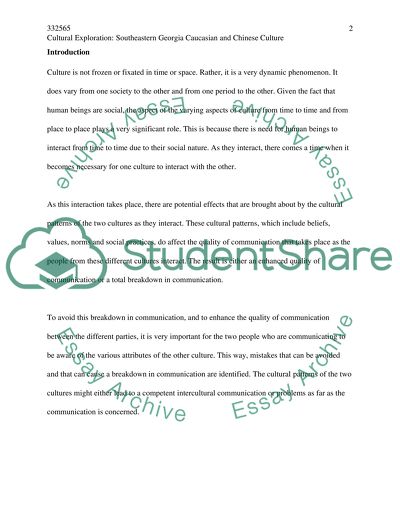Cite this document
(“Cultural Exploration Term Paper Example | Topics and Well Written Essays - 2250 words”, n.d.)
Cultural Exploration Term Paper Example | Topics and Well Written Essays - 2250 words. Retrieved from https://studentshare.org/miscellaneous/1525451-cultural-exploration
Cultural Exploration Term Paper Example | Topics and Well Written Essays - 2250 words. Retrieved from https://studentshare.org/miscellaneous/1525451-cultural-exploration
(Cultural Exploration Term Paper Example | Topics and Well Written Essays - 2250 Words)
Cultural Exploration Term Paper Example | Topics and Well Written Essays - 2250 Words. https://studentshare.org/miscellaneous/1525451-cultural-exploration.
Cultural Exploration Term Paper Example | Topics and Well Written Essays - 2250 Words. https://studentshare.org/miscellaneous/1525451-cultural-exploration.
“Cultural Exploration Term Paper Example | Topics and Well Written Essays - 2250 Words”, n.d. https://studentshare.org/miscellaneous/1525451-cultural-exploration.


